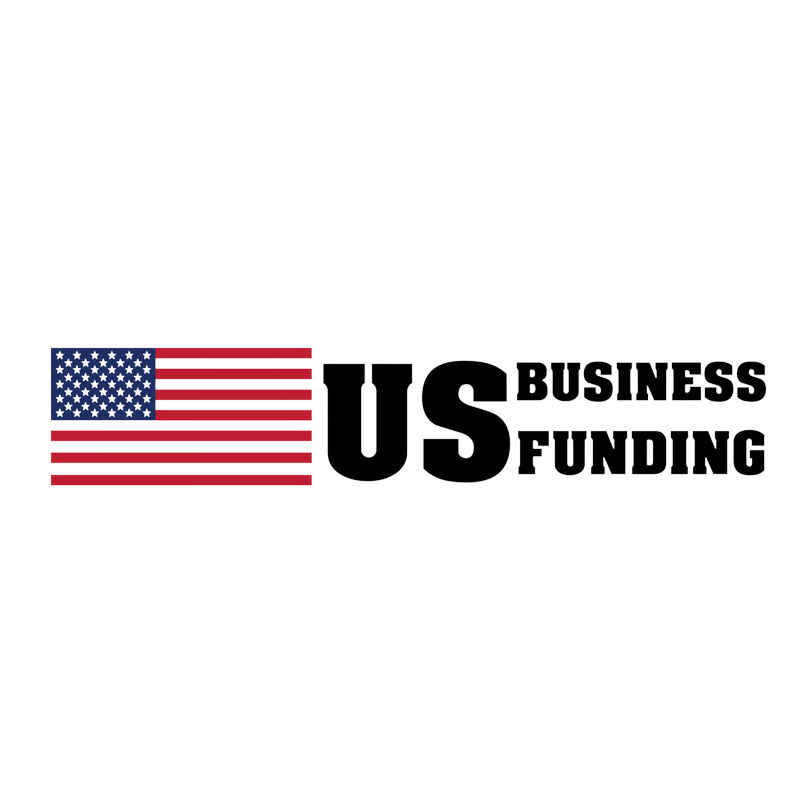How to Qualify for a Business Line of Credit in 2025
Posted by US Business Funding (helping owners unlock smarter capital since 2018)
Running a business in 2025 is a juggling act. One month you’re flush with cash, the next you’re waiting on a late invoice while a can’t‑miss opportunity lands in your inbox. A business line of credit solves that problem. It is flexible, reusable, and when used wisely, it costs less than stacking term loans or maxing out credit cards.
The guide below shows you how to secure that revolving lifeline this year. We keep the advice practical, drawn from real conversations with lenders and the owners we serve.
1. Keep Your Financial Records Up to Date and Crystal Clear
Before a lender releases funds they inspect your numbers. Make life easy for them (and yourself) by:
Updating core statements: Profit & Loss, Balance Sheet, and Cash‑Flow Forecasts should cover year‑to‑date figures plus a 13‑week look ahead.
Tracking your Debt Service Coverage Ratio (DSCR): Aim for at least 1.25. That shows you earn 25 percent more than you will owe each month even after adding the new credit line.
Commenting on seasonality: If sales surge in summer or tax season, add a short note. Context removes confusion.
Pro tip: Cloud bookkeeping tools such as QuickBooks Online or Xero allow lenders to connect directly. Less paperwork means faster approval.
How to Qualify for a Business Line of Credit in 2025
2. Build and Protect Strong Credit Scores
Your personal FICO and your business credit profile both matter. Improve them by:
Pulling reports from Experian, Equifax, and Dun & Bradstreet and fixing errors while they are small.
Keeping utilization below 30 percent by paying down cards or moving small balances to term loans.
Setting reminders for every due date. One late payment can hurt your unsecured loan options for months.
Good credit habits reassure lenders, especially if you are seeking an unsecured loan or pairing your line of credit with a short‑term cash loan.
3. Choose the Right Lender for Your Story
Not all money costs or moves the same.
Lender Type Best For Why It Works Community Banks Two or more years of profit, local ties Lower rates and relationship‑driven decisions SBA Lenders Bigger limits, longer payback A government guarantee reduces risk Fintech Portals Speed over tradition Funding in 48 hours and data‑driven approvals
Select the lane that matches your reality, not someone else’s checklist.
4. Leverage Real Time Data to Your Advantage
Banks used to ask for binders of PDFs. In 2025 they prefer a secure API link. Connecting your POS, accounting, or logistics platform tells the algorithm that:
Revenue is real: no guesswork needed.
Cash swings are predictable: perfect for seasonal operations.
Your books are clean: well‑kept data builds confidence.
If you haul freight share your ELD mileage reports. A café can show daily Square or Toast deposits. The clearer the feed, the faster the funding.
5. Tell a Sharp Story About Why You Need the Credit
Lenders do not mind risk; they dislike mystery. In one paragraph explain:
When you will draw (for example, September inventory order)
How much you will draw (provide a specific dollar range)
How you will repay (holiday sales clear by January and margin covers interest and principal)
Keep it simple. If a friend can repeat your plan in thirty seconds you nailed it.
Wrapping Up
Qualifying for a line of credit in 2025 depends on five clear signals:
Transparent financials
Healthy credit
A lender that fits your profile
Live data feeds
A believable draw and repay plan
Get these right and you will hear “approved” more often than “maybe later.” Need a second set of eyes before you apply? US Business Funding can review your numbers, refine your narrative, and introduce you to lenders already comfortable with your industry. Whether you are pairing an SBA loan with a revolving line or looking at an unsecured option for quick cash, we can help.
Ready to move at the speed of opportunity? Book a free strategy call and let us unlock the capital your business deserves. Growth waits for no one, and neither should you.


